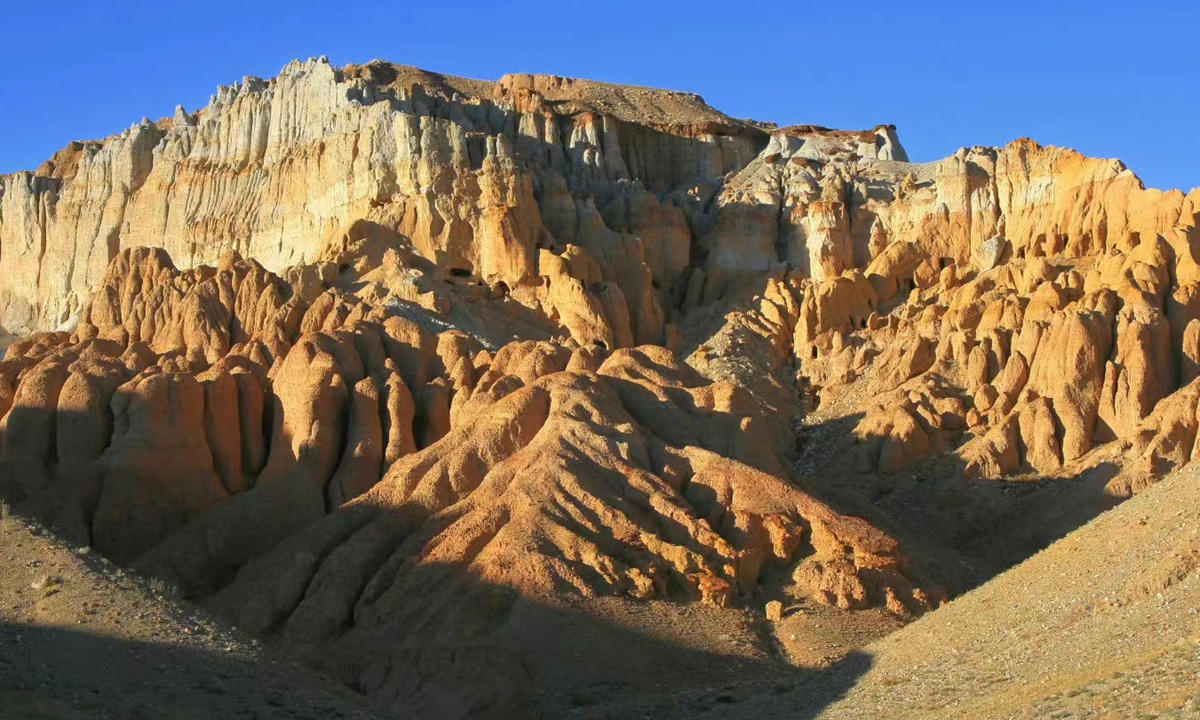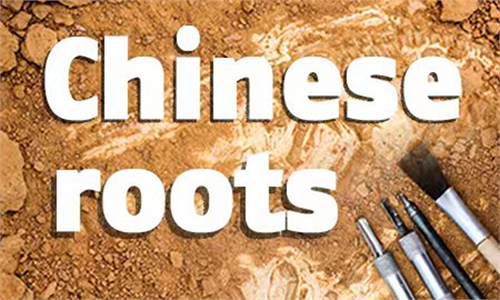ARTS / CULTURE & LEISURE
Chinese roots

The hills of the Qülong Site Photo: Courtesy of Ngari Tourism, Tibet China on Sina Weibo
Qülong Site: 'Roof of the world' culture with relics from the seaIn 2018, archaeologists launched their first excavation around the core areas of the Qülong Site, an archeological site located in Southwest China's Xizang Autonomous Region. Over the next four years, the findings at the site, such as thangka (Tibetan Buddhist paintings on silk or cotton)and rare items from the far off sea amazed the public.
The Qülong Site, located at 4,400 meters above the sea level, has a history that dates back more than 2,800 years. It is an indispensable site on western part of the Qinghai-Tibet Plateau as it was a major hub of culture exchange with other parts of the world.
The excavation was jointly carried out by the Tibet Autonomous Region Cultural Relics Protection Research Institute, the Shaanxi Provincial Archaeological Research Institute and Northwest University.
In 2020, archaeologists found 98 pieces and 16 types of perforated conch shells. Used as ornaments, these were the largest amount of conch shells found on the Qinghai-Tibet Plateau, also known as "the roof of the world."
Alongside the conch ornaments were glass beads from South Asia and South Asian pottery statutes, all of which show the close connections that the plateau had at the time with the southern part of Asia.
Located not far from the Xiangquan River (the most important river in the Ali region of Xizang), the Qülong Site is 100,000 square meters in size and boasts abundant relics such as courtyards, houses, Buddhist pagodas and temples.
A total of 1,356 caves were found during the four-year excavation.
Additionally, tools made of clay, wood, iron, copper and stone, leather-made clothes and textiles, some 300 animal bones and 100 human bones have been found in the caves.
Experts believe that the Qülong people moved the bodies of their dead into the caves as part of sacred rituals.
A large number of grain crops and non-glutinous rice remains were also discovered, the latter is evidence of how South Asia trade expanded to Xizang in the eighth century.
"These offer us many examples of the sources of food for people living in Xizang in the prehistoric age, how they used natural resources, how human beings adapted or lived in a certain environment," Shaka Wangdu from the region's Cultural Relics Protection Research Institute noted at a press event held in Lhasa in early April.

